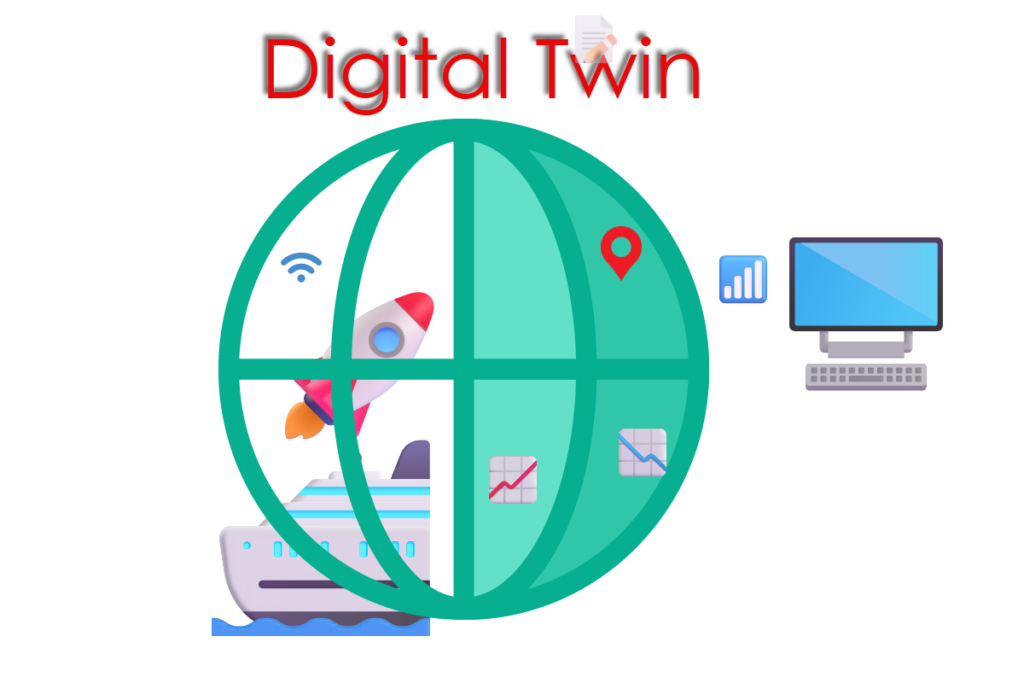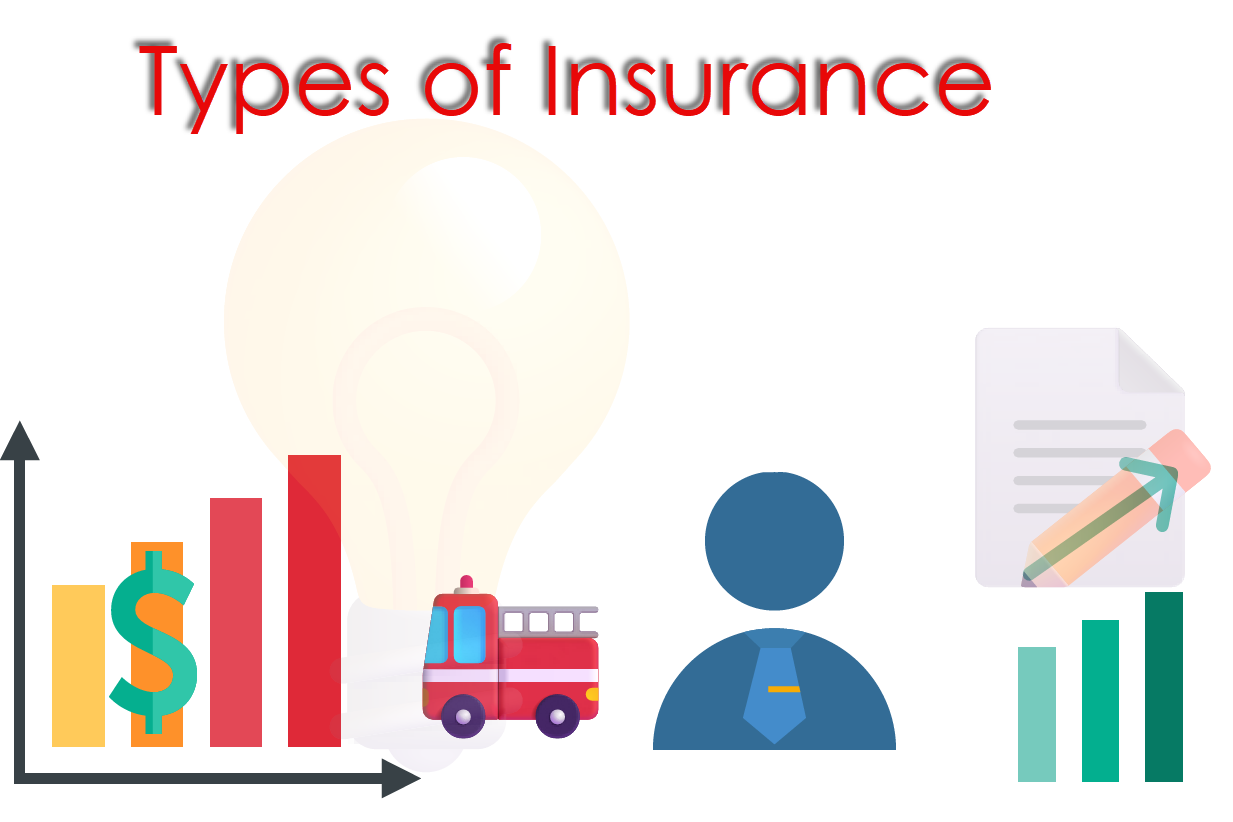Table of Contents
Digital Twin
Digital twin technology involves creating a virtual replica of a physical object, system, or process. A virtual model, known as a digital twin, accurately reflects the original’s characteristics and informs real-time data sent from sensors attached to the physical counterpart.

Types of digital twins
Various types of digital twins exist, ranging from component twins representing individual parts to process twins, which encapsulate an entire production facility’s operations.
This technology harnesses the Internet of Things (IoT), artificial intelligence (AI), and machine learning (ML) to gather and process data. enable the creation of complex, interactive virtual environments. offer myriad benefits, including reducing production timelines, enhancing product quality, and enabling data-driven decision-making.
How does digital twin technology benefit industries?
offers a broad range of benefits for industries construction and healthcare by providing a dynamic tool for creating, testing, operating, and managing the lifecycle of various assets and systems.
A digital twin in the construction industry
1. Project Visualization: stakeholders can visualize the build process and the finished structure through a digital twin. This visualization aids in identifying potential design and construction issues.
2. Design Optimization: Architects and engineers can experiment with different design scenarios to optimize the structure for energy efficiency, resource use, and structural integrity before committing to the actual construction.
3. Risk Mitigation: This allows for the assessment of various construction scenarios and the anticipation of possible complications, helping to prevent on-site accidents and design errors.
4. Real-Time Monitoring and Management: Integrating IoT devices at the construction site can feed actionable data to the digital twin, allowing managers to monitor progress and make adjustments in real time.
5. Lifecycle Management: After construction, the digital twin continues to be useful, enabling facility managers to operate and maintain the building efficiently, including planning for future renovations or expansions.
6. Resource and Cost Efficiency: By simulating the construction process, firms can optimize resource allocation and supply chain logistics, potentially reducing waste and costs.
Healthcare Industry
1. Personalized Medicine: Human organs or systems can lead to personalized healthcare plans by allowing doctors to test treatments and predict outcomes for individual patients.
2. Medical Device Design and Testing: enable medical device manufacturers to design, test, and verify the performance of devices in a virtual environment, speeding up development and enhancing safety.
3. Hospital Management: Creating digital twins of hospital operations can improve efficiency and patient flow by optimizing schedules, resources, and room usage.
4. Training and Education: Digital twins provide a risk-free environment for medical staff to train on new procedures and technologies without endangering patients.
5. Predictive Analytics for Equipment Maintenance: By analyzing data from medical equipment, one can predict when a device might fail or need maintenance, ensuring reliability and patient safety.
6. Clinical trials: simulate human responses to drugs or treatments, potentially reducing the need for some in-person clinical trials and accelerating the time it takes to bring new therapies to market.
Conclusion
The ability to predict outcomes, test scenarios, and make data pivotal by using technology. increases safety reducing costs, waste, and errors, ultimately propelling industries toward more sustainable and patient-centric models.
Also, visit



